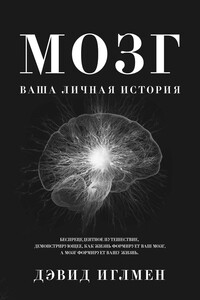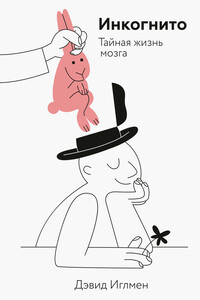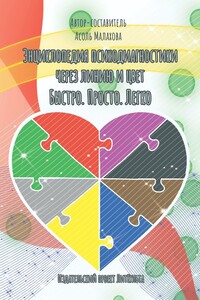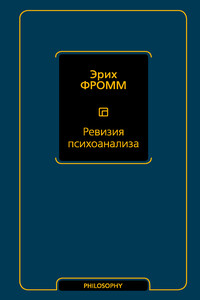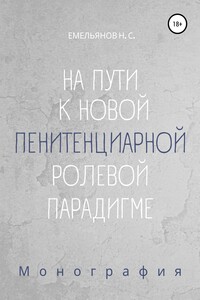Raphel Adrienne. Competition for McDonald’s, and for Ronald. New Yorker. April 23, 2014. Accessed June 3, 2014, http://www.newyorker.com/business/currency/competition-for-mcdonalds-and-for-ronald.
Rassenfoss Stephen. Increased Oil Production with Something Old, Something New. Journal of Petroleum Technology 64, no. 10 (2012). Accessed August 14, 2014, doi: 10.2118/1012-0036-JPT, https://doi.org/10.2118/1012-0036-JPT, https://www.onepetro.org/journal-paper/SPE-1012-0036-JPT.
Recasens M., Leung Sumie, Grimm Sabine, Nowak Rafal, & Escera Carles. Repetition suppression and repetition enhancement underlie auditory memory-trace formation in the human brain: an MEG study. Neuroimage, 108 (2015): 75–86.
Redefining Cancer Could Reduce Unnecessary Treatment. CBS. September 23, 2013. Accessed August 21, 2015, http://www.cbsnews.com/8301-505263_162-57596094/redefining-cancer-could-reduce-unnecessary-treatment.
Reeder Roberta. Anna Akhmatova: Poet and Prophet. London: Allison & Busby, 1995.
Reeder Roberta. Anna Akhmatova: The Stalin Years. New England Review 18, no. 1 (1997): 105–125.
Resnick Mitchel. All I Really Need to Know (About Creative Thinking) I Learned (By Studying How Children Learn) in Kindergarten. В сб.: Proceedings of the 6th ACM SIGCHI Conference on Creativity and Cognition. New York: ACM, 2007.
Rhodes Richard. The Making of the Atomic Bomb. New York: Simon & Schuster, 1986.
Richardson John and McCully Marilyn. A Life of Picasso. New York: Random House, 1991.
Riordan M. How Europe Missed the Transistor. IEEE Spectrum 42, no. 11 (2005): 52–57.
Roediger Henry L., McDaniel Mark A., McDermott Kathleen B., and Agarwal Pooja K. Test-Enhanced Learning in the Classroom: The Columbia Middle School Project. PsycEXTRA Dataset, December 2007. Accessed May 17, 2016, doi: 10.1037/e527342012-530.
Rosen Charles. The Classical Style: Haydn, Mozart, Beethoven. New York: W.W. Norton, 1997.
Ross Alistair. Why Did Google Abandon 20 % Time for Innovation? HR Zone. June 3, 2015. Accessed May 17, 2016, http://www.hrzone.com/lead/culture/why-did-google-abandon-20-time-for-innovation.
Rothfeder Jeffrey. Driving Honda: Inside The World’s Most Innovative Car Company. New York: Penguin, 2014.
Rotman B. Signifying Nothing: The Semiotics of Zero. New York: St. Martin’s Press, 1987.
Rubin William, Picasso Pablo, Seckel-Klein Hélène, and Cousins Judith. Les Demoiselles D’Avignon. New York: Museum of Modern Art, 1994.
Runco Mark A., Millar Garnet, Acar Selcuk, and Cramond Bonnie. Torrance Tests of Creative Thinking as Predictors of Personal and Public Achievement: A Fifty-Year Follow-Up. Creativity Research Journal 22, no. 4 (2010): 361–368.
Russell Amy and Rice Stephen. Sailing Seeds: An Experiment in Wind Dispersal. Botanical Society of America. Accessed August 21, 2015, http://botany.org/bsa/misc/mcintosh/dispersal.html.
Rutherford Adam. Synthetic Biology and the Rise of the ‘Spider-Goats’ The Guardian. January 14, 2012. Accessed August 20, 2015, http://www.theguardian.com/science/2012/jan/14/synthetic-biology-spider-goat-genetics.
Rydell Robert W., Schiavo Laura Burd, and Robert Bennett. Designing Tomorrow: America’s World’s Fairs of the 1930s. New Haven: Yale University Press, 2010.
Sager Ira. Before iPhone and Android Came Simon, the First Smartphone. Bloomberg. June 29, 2012. Accessed July 18, 2015, http://www.bloomberg.com/bw/articles/2012-06-29/before-iphone-and-android-came-simon-the-first-smartphone.
Sanger Frederick, and Dowding Margaret. Selected Papers of Frederick Sanger: With Commentaries. Singapore: World Scientific, 1996.
Sangster William. Umbrellas and Their History. London: Cassell, Petter, and Galpin, 1871.
Saval Nikil. Cubed: A Secret History of the Workplace. New York: Doubleday, 2014.
Sawyer R. Keith. Explaining Creativity: The Science of Human Innovation. Oxford: Oxford University Press, 2006.
Schmidhuber Jürgen. Formal Theory of Creativity & Fun Explains Science, Art, Music, Humor. Dalle Molle Institute for Artificial Intelligence Research. Accessed May 2, 2014,
